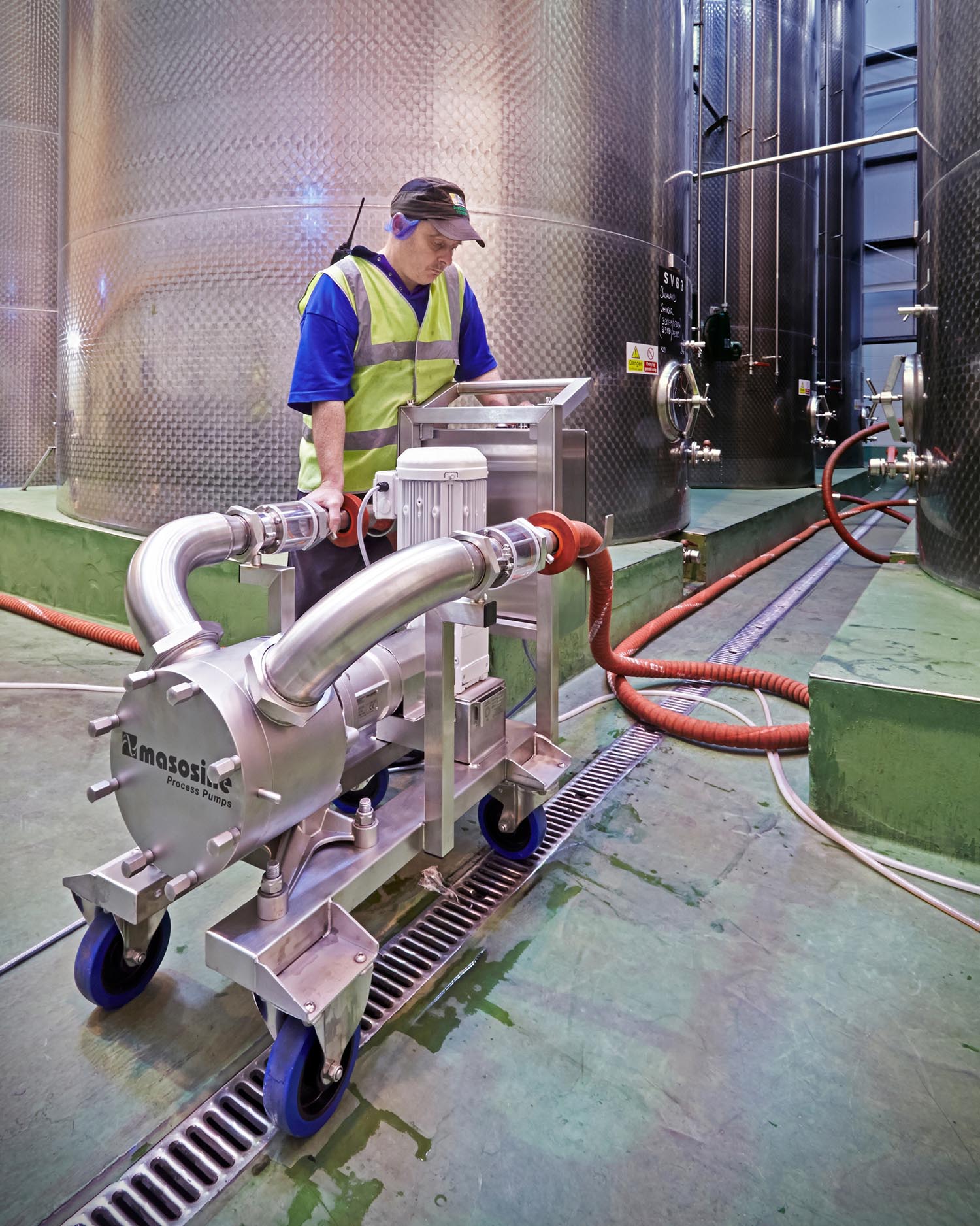ESOS An Opportunity For Pump Users Says Leading Manufacturer
An industry leading pump manufacturer says that the requirement to meet the Government’s ESOS presents manufacturing and process plants with a real chance to invest in future competitiveness

Watson-Marlow Fluid Technology Group points out that plants viewing ESOS as a needless tick-box exercise are either ignoring or unaware of the numerous cost, performance and quality benefits that could be available.
ESOS (Energy Savings Opportunites Scheme) came into force on 17 July 2014. In essence, the scheme is a mandatory energy assessment and energy saving identification scheme for large undertakings and their corporate groups. Some 14,000 enterprises are affected in the UK, all of which have to file an energy audit delivered by one of around 500 registered auditors, no later than 5 December 2015 or risk fines ranging from £5000 to £50,000.
Energy audits
ESOS Energy Audits have the potential to increase businesses profitability and competitiveness by identifying cost effective savings which, if implemented, will improve energy efficiency. Although there is no obligation to implement the recommendations that arise from the audit, plants that pass up the opportunity are ignoring the chance to improve their bottom line.
The scheme is estimated to lead to £1.6 billion of net benefits to the UK. According to UK government figures, plants implementing the suggested changes will make back some 13.5 times the initial investment.
Pump efficiency
Among the technologies set to offer the biggest rewards in relation to ESOS audits, are pumps. According to the BPMA (British Pump Manufacturers’ Association), pumps account for no less than 10% of the world’s electricity consumption, and two-thirds of pumps use up to 60% too much power. With this in mind, ESOS auditors are likely to check the age, condition and size of any pumps installed to get an indication of the scope for savings. A subsequent recommendation would be to perform a specific assessment of the pumps to check their efficiency.
It is estimated that pumping system improvements can deliver up to 40% reduction in energy costs, possibly even more in the case of viscous fluids. Typically, the torque required to drive a pump increases in line with viscosity, thus resulting in the need for large electrical motors. Larger motors draw more power, even when not operating at capacity. The BPMA says that on industrial sites, an average of two-thirds of the electricity cost can be attributed to running electric motors.
Smaller motors
The good news is that SineTM pumps are not affected by viscosity in the same way as lobe pumps and circumferential piston pumps. As a consequence, they can use smaller motors, a factor that has made them popular choices in the food, beverage and cosmetics industries, as well as in the chemicals and pharmaceuticals sectors. Ultimately, sine pumps offer up to 50% less energy consumption for the same flow, compared with other pump types.
To help show the benefits of the latest sine pump technology, Watson-Marlow is offering plants a free trial of MasoSine pumps to assess the efficiency gains available, first hand. It is hoped the move will help those affected by ESOS to make the right decisions moving forward.
Watson-Marlow can also provide a set of calculations, known as Mee (MasoSine Energy Efficiency) curves, which show the potential reductions in energy consumption, and how energy savings rise in line with viscosity.
Ahead of the curve
Mee curves have been developed from extensive research as a tool to help identify the correct size of pump and drive, and thus save money for the customer. They show how many kilowatts of power are required for a motor to run a particular application (relative to varying viscosities), as well as the efficiency of the pump.
For those interested in finding out more, Watson-Marlow is publishing a paper that outlines why Mee curves are a useful and proven way of demonstrating that sine pump technology can deliver significant user benefits in comparison with competing technologies. The paper will be published Autumn 2015.
CONTACT
Mike Sullivan
Watson-Marlow Fluid Technology Group
mike.sullivan@wmpg.com
www.wmpg.co.uk
+44 1326 370370
Wednesday 16 September 2015 / file under Chemical | Food and Beverage | Pharmaceuticals | Utilities



